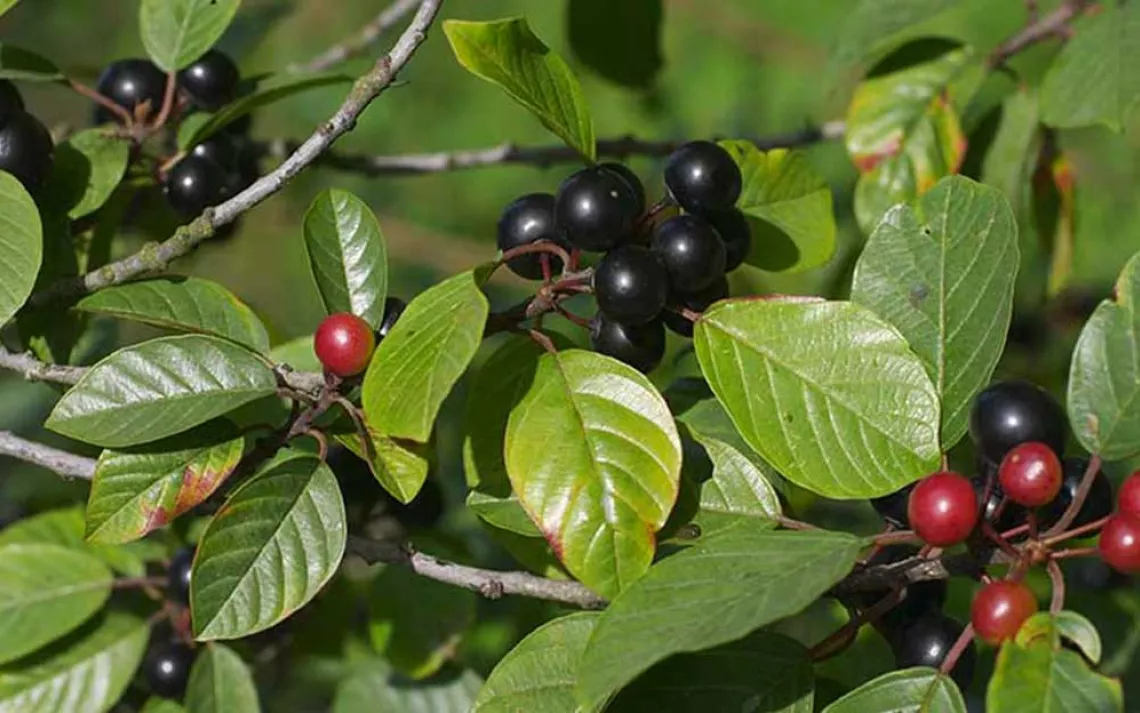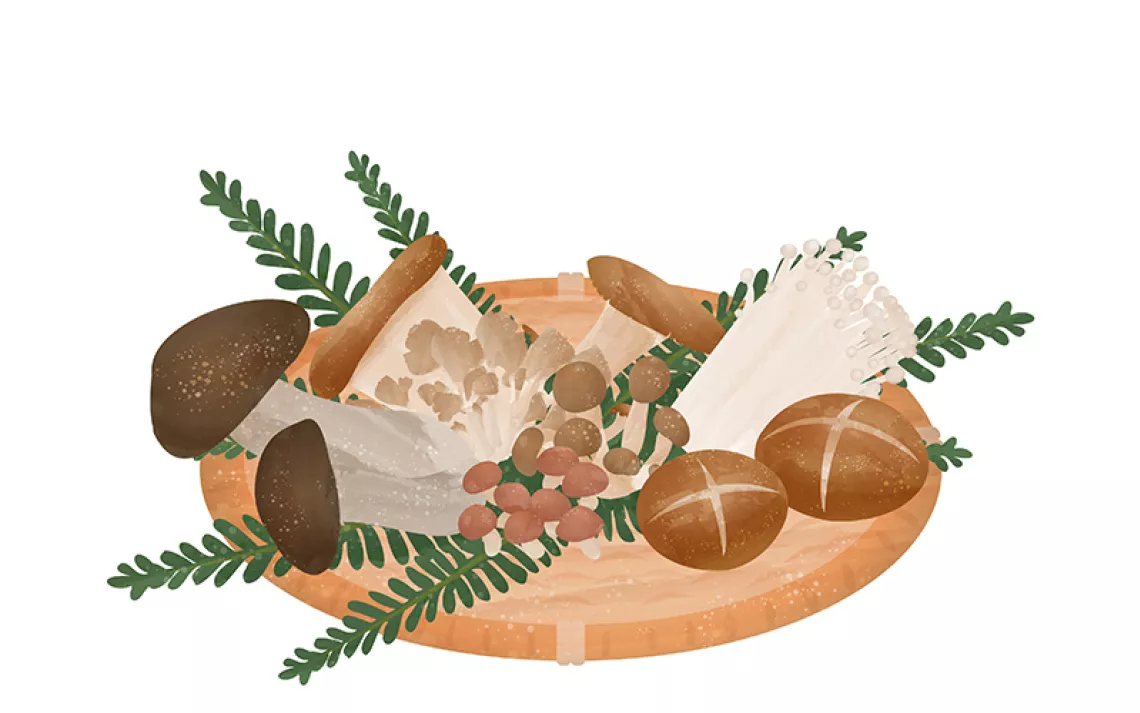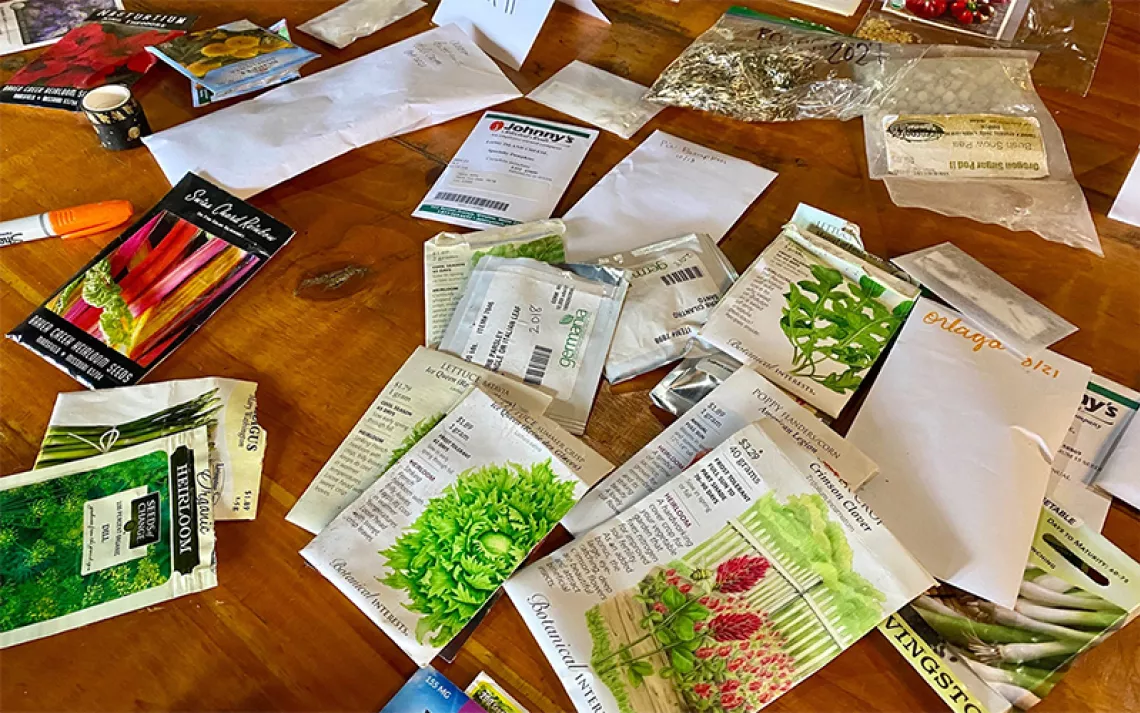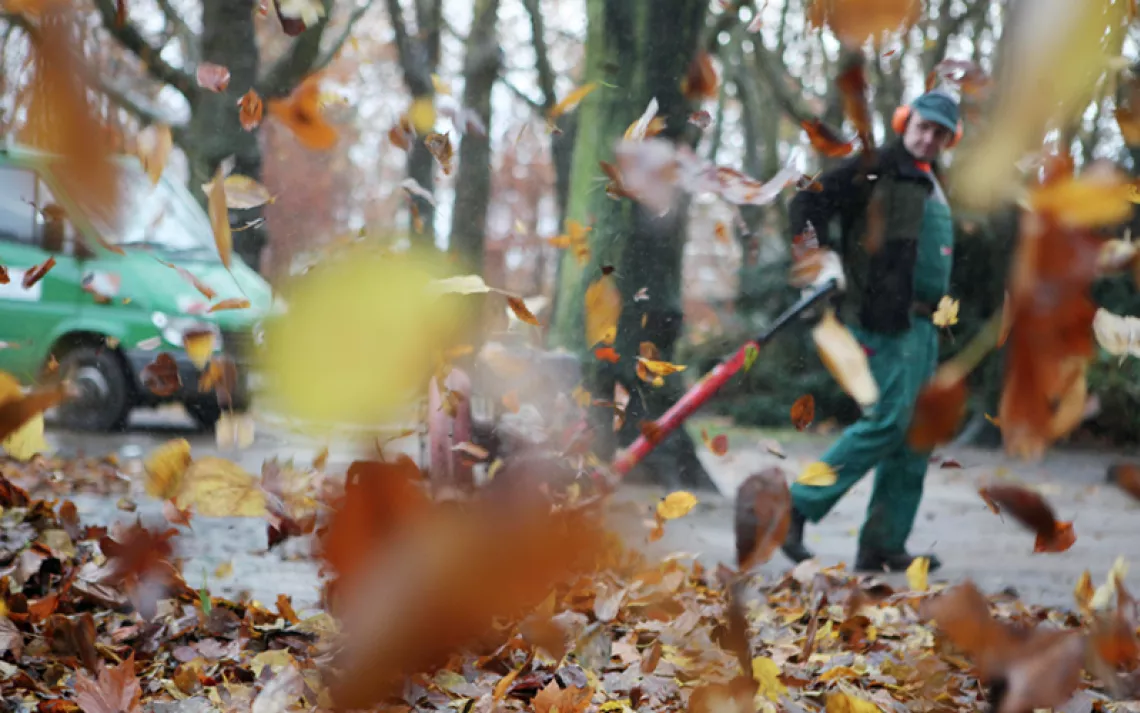How Do I Get Rid of Invasive Buckthorn?
Mr. Green digs around for the answer.

Photograph courtesy of iStock/Roger Whiteway
Hey Mr. Green,
Our parks department says that to kill off invasive buckthorn, we have to cut it and daub it with Roundup. My daughter's yard is overrun with the plant. Is there another way to get rid of it?
—Ann in Duluth, Minnesota
Your own Minnesota Department of Natural Resources soberly observes that dealing with invasive plants is like marriage--it "requires a long-term commitment." Invasives usually don't just pipe down after your first battle; they reemerge for more rounds.
Whacking invasive plants may be Roundup's safest use, in that it involves rather small applications compared with the 150 million pounds of the product's active ingredient, glyphosate, applied to U.S. corn and soybeans yearly.
I have been wary of knocking glyphosate, because it is less toxic than many other herbicides and makes no-till farming easier, which reduces erosion while cutting fuel consumption and labor costs for farmers. But given the sheer volume of use and repeated applications, the compound may have far more negative effects than revealed in conventional lab tests for toxicity.
Glyphosate is classified as a "probable carcinogen" by the International Agency for Research on Cancer, and studies have raised questions about its role in everything from liver disease to respiratory illness. Untested inert ingredients used with the herbicide might be more toxic than glyphosate itself. The EPA is doing a new safety review but has yet to release a conclusion.
If you do choose to use Roundup in your fight against invasives, use it sparingly. But you might try another method first: Yank out the smaller plants and deter resurrection of the larger ones by sawing them off about six inches above the ground and tying a plastic bag over them about halfway down. You can even buy Buckthorn Baggies (buckthornbaggie.com) for this grim ritual.
 The Magazine of The Sierra Club
The Magazine of The Sierra Club







